Results
-
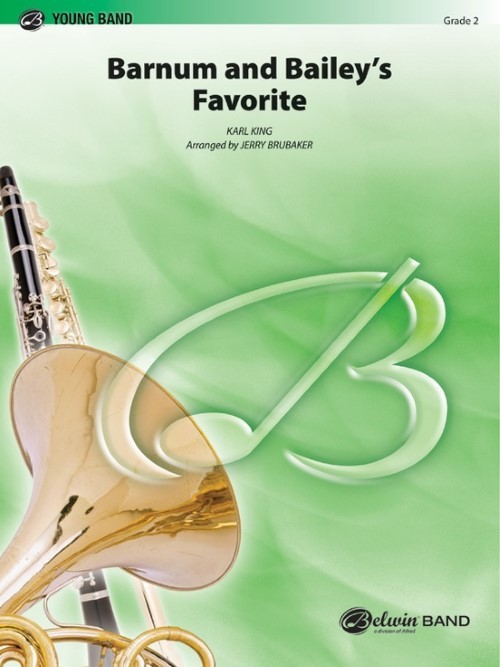 £60.50
£60.50Barnum and Bailey's Favorite (Concert Band - Score and Parts) - King, Karl L. - Brubaker, Jerry
The kid in each of us loves the circus. Probably the finest musical work ever written to celebrate the "Greatest Show on Earth" is Karl King's classic march. Jerry Brubaker has carefully extracted the technical difficulties while keeping the most recognizable integrity of the work. Your audience will immediately recognize each of the beloved melodies. The spirit of the scoring is superlative! Duration: 2.00
Estimated dispatch 7-14 working days
-
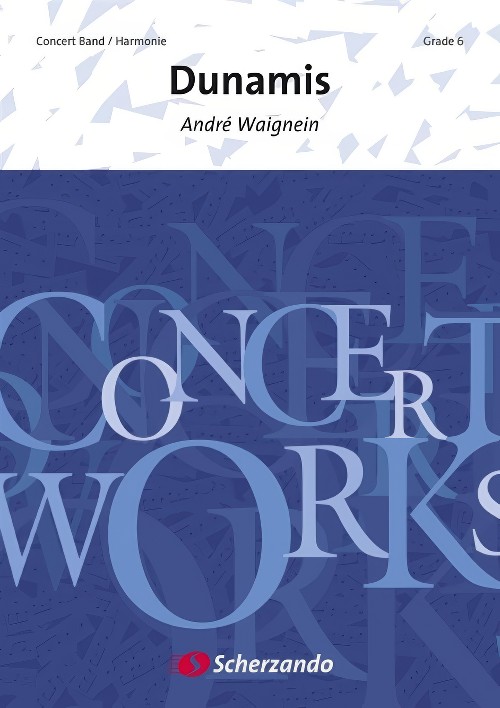 £209.99
£209.99Dunamis (Concert Band - Score and Parts) - Waignein, Andre
Major Yvon Ducene wanted a new lush and colourful composition for his Guides military band, with Andr Waignein as its composer. Early in 1979 the composer began his assignment and in October of the same year, the finished full score was on the music stands of this prestigious military band of the Belgian Army.The introduction (Grave) mirrors an atmosphere full of serenity in which the theme, played by the oboes and the English horn is predominant and immediately holds the listener spell-bound. It is taken up again as central element of the slow movement.The Allegro breaks away from the quiet passion of the introduction. Here, the band can really show its capabilities to the full. Based on a very precise rhythm, an idiom of sudden desperation and adversity develops which, fused with a crushing aggression, culminates in a kind of eruption, soon calmed down by a Lento : peace and quiet has returned thanks to a melody by the horns and soon taken over by the clarinets. In the meantime, the saxophone - an instrument full of human emotion - express the main spatial dimension in contemporary psyche. Following a harmonic transition the brass-players take up the theme again in forte whilst the basses and the woodwinds intertwine in technical arabesques.The movings of the mind and the heart get an audible and almost touchable shape in the ensuing Allegro, a movement characterised by a rhythmic dialogue in which the whole orchestra participates and where the exposition contains a wealth of sound and technical contrasts. The Lento finally uses the central theme of the slow movement again, with some occasional references to the two allegros. The last page is of unprecedented grandeur. All the instruments display their most beautiful sound which were named by Jacques Ferschotte, when speaking about Honneger, "harmonies d'intensits" harmonies of the unmeasurable.Duration: 14:30
Estimated dispatch 7-14 working days
-
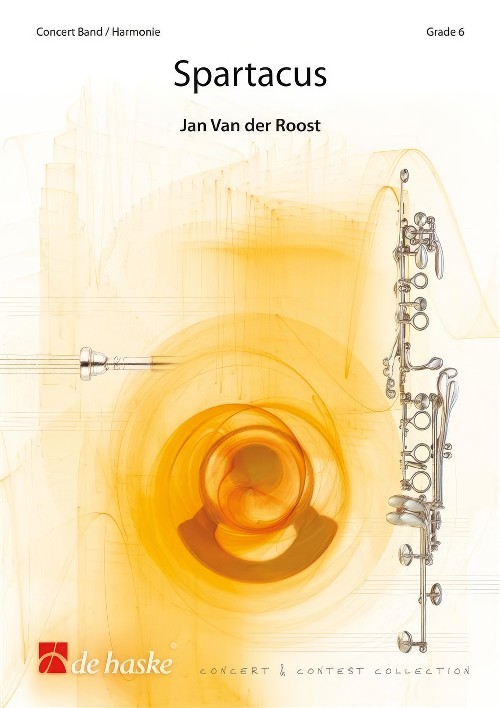 £179.99
£179.99Spartacus (Concert Band - Score and Parts) - Van der Roost, Jan
Spartacus is a "Symphonic Tone Poem" with 3 joints. Each section has its own melodical materials, however: in the final movement the main theme from the second section returns in a 'grandioso'-tutti. The last bar but one recaptures the 'oriental' atmosphere of the very beginning. The first section (= from the beginning till J) builds up a climax by repeating and accumulating some melodical and rhythmical structures. The oriental character of the melodical fragments refers to the origin of the Roman slaves. The second section evokes the love between Spartacus and his love by giving a peaceful atmosphere. The mean theme (presented the first time at letter L) has a broad and wide character and refers slightly to film music. In this part of the composition, a special attention is given to the orchestration. The final section is more aggressive and martial and refers to the revolt of the slaves against the Roman oppressors. In the middle of this movement, an accumulation of the 12 tones symbolises the crucifixion of the slaves: the english horn resumes partly the cadenza of the flute (at letter J), as if he wants to show again the eternal love between Spartacus and his love a very last time ... The theme at the third bar of letter T is actually based on the 2nd theme of this section (which starts at the fifth bar of letter R), but has been worked out rhythmically.Duration: 13:50
Estimated dispatch 7-14 working days
-
£209.99
La Terre Wind Band Set (Score & Parts)
In the composition 'La terre' several aspects of Earth have been translated into sounds in an associative manner. The first part depicts Nature, Mother Earth, stability, the soil which is the source of life. Earth symbolizes tradition, rituals, fertility. In the music of the composition this can be heard in tonic and ostinato passages. Furthermore, human emotions such as gladness, sorrow, wonder, resignation, hope and despair, indissolubly connected as they are to mankind's life on earth, are musically reflected in sudden gusts of expression. Earth for us human beings is the solid ground on which everything in life takes place. In the second part different moods are evoked in a sort of toccata. Now and then the music sounds fragmented, at other times as a solid whole. The robustness of the music in this part has its roots in the earth, originates from it. It reflects stability and strength, but love and nostalgia are also present in soft and fragile tones. 'La terre' is a musical narrative about Earth, in which music has been given ample room to show its many-sided beauty. 14:00
Estimated dispatch 7-14 working days
-
£264.99
Panoptikum (Concert Band - Score and Parts)
Armin Schaer commissioned this work in his search for a new piece for the tuba. More specifically, he wanted a work that showed off the versatility of this splendid instrument, written in a musical style that is both fresh and modern, while not banishing the orchestra to a simple supporting role. Taking all these specifications into account, Thomas Doss created a work that allows stylistic leaps and is fun, exciting, romantic, and virtuosic, but does not lose sight of the thread that connects the opening measures to the very last.Armin Schaer describes his Panoptikum as follows:Panoptikum is a show of appreciation for my beautiful home and community at Lake Constance, an eventful life, the people that have enriched this life, and a fascinating instrument: the tuba. This work musically embodies the many different moods found around theBodensee - cheerfulness and melancholy, departures and longing, calm and agitation. The roles of the soloist and the orchestra were consciously crafted in a way that does not follow the usual conventions of the genre. The work should spark emotions, address broad segments of listeners, and persuade them of the tuba's ability to be a solo instrument as well as the richness symphonic wind ensembles have to offer. I hope this work enriches the lives of all the soloists and orchestras that cross its path, as well as everyone in the audience who gets to partake! 15:30
Estimated dispatch 7-14 working days
-
 £39.60
£39.60Rhythm X (Concert Band - Score and Parts)
As the title suggest, "Rhythm X" is a percussive composition featuring a duet between the winds and the percussion section. Written at the grade .5 level, this quality composition will give you the opportunity to teach and reinforce elements of balance, independent musical lines, and dynamic construction not only between the percussion and the winds, but also between the individual voices of the percussion section. With the solid writing you have come to expect from David Shaffer, "Rhythm X" is perfect to introduce your young musicians to their first real band piece and let them show their stuff!
Estimated dispatch 7-14 working days
-
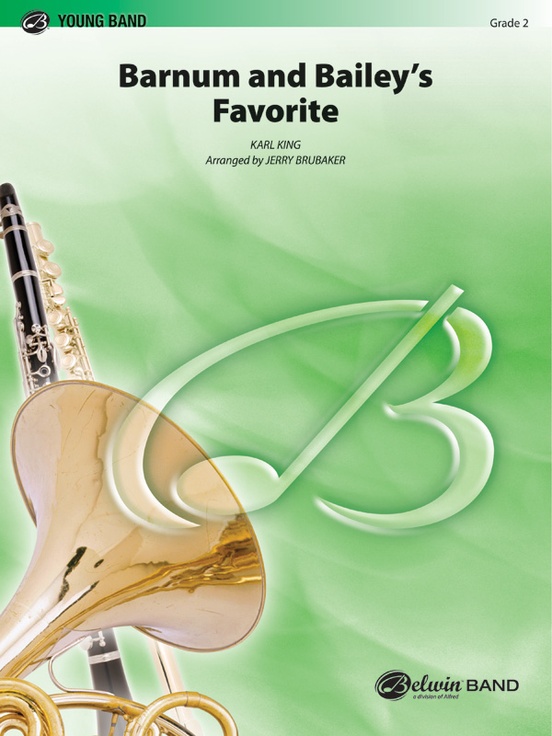 £60.50
£60.50Barnum and Bailey's Favorite - Karl King / arr. Jerry Brubaker
The kid in each of us loves the circus. Probably the finest musical work ever written to celebrate the "Greatest Show on Earth" is Karl King's classic march. Jerry Brubaker has carefully extracted the technical difficulties while keeping the most recognizable integrity of the work. Your audience will immediately recognize each of the beloved melodies. The spirit of the scoring is superlative! (1:56)
Estimated dispatch 3-5 working days
-
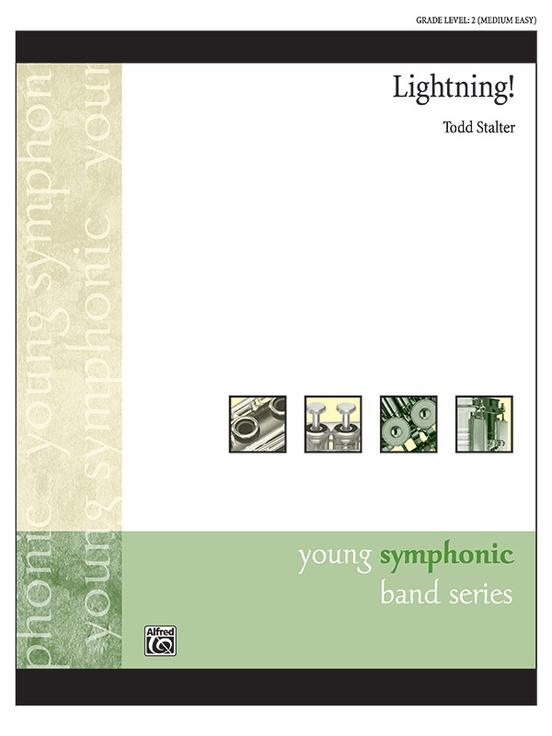 £62.95
£62.95Lightning! - Todd Stalter
"Lightning!" was inspired by the awesome display of beauty and raw energy from a powerful spring thunderstorm that the composer observed in the night sky. Although the storm was almost 100 miles away, the sight of the accompanying electrical show was both an exhilarating and humbling experience. The aggressive parts of this composition attempt to portray the level of energy present in the storm, while the slow interior section provides an opportunity for listeners and performers alike to reflect on its visual beauty. (2:45)
Estimated dispatch 3-5 working days
-
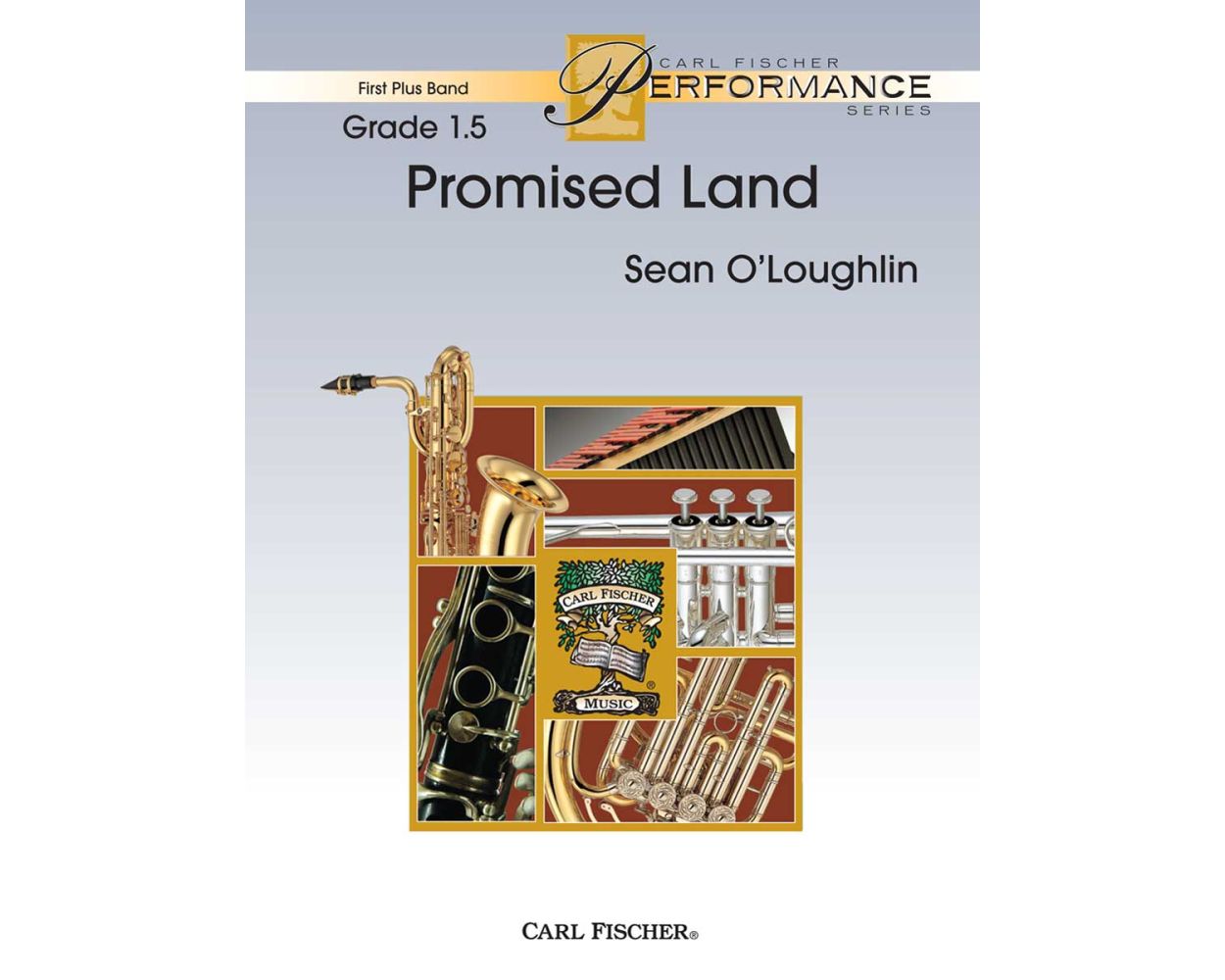 £46.00
£46.00Promised Land
Promised Land is a serious-sounding, new piece for the developing band that sounds much more difficult than it plays, allowing your students to show off while remaining at their ability level. The title has its roots in the ideals of John Humphrey Noyes, who founded the Oneida community in the late 1840s. He built a thriving agricultural and spiritual community that became his "promised land." The music depicts the struggles and triumph of those first settlers in the area, who worked the land and fought for their ideals through much persecution. Promised Land contains all of the rhythmic interest and memorable motives that Sean's music is so known for. It is also an excellent choice for contest/festival.
Estimated dispatch 12-14 working days
-
 £95.99
£95.995 Tantum Ergo - Anton Bruckner
Anton Bruckner (b. 4.9.1824, Ansfelden, d. 11.10.1896, Vienna) didn't have it easy. Throughout his life, the Austrian composer was plagued by self-doubt. Anton Bruckner came from a simple, rural background. After the death of his father, he was accepted as a choirboy at the monastery of Sankt Florian in 1837. After several years as a school assistant and his own organ and piano studies, he first worked as organist in St. Florian, then from 1855 as cathedral organist in Linz. Introduced to music theory and instrumentation by Simon Sechter and Otto Kitzler, he discovered Richard Wagner as an artistic role model, whom he admired throughout his life and also visited several times in Bayreuth.In 1868 Anton Bruckner became professor of basso continuo, counterpoint and organ at the Vienna Conservatory; ten years later court organist; and in 1891 finally honorary doctor of the University of Vienna. He was considered an important organ virtuoso of his era, but had to wait a long time for recognition as a composer. It was not until Symphony No.7 in E major, composed between 1881 and 1883, with the famous Adagio written under the effects of Wagner's death, that he achieved the recognition he had hoped for, even if he was reluctant to accept it given his inclination towards scepticism and self-criticism.Anton Bruckner was a loner who did not want to follow a particular school or doctrine. He composed numerous sacred vocal works, such as his three masses, the Missa Solemnis in B flat minor (1854), the Te Deum (1881-84) and numerous motets. As a symphonic composer, he wrote a total of nine symphonies and many symphonic studies from 1863 onwards, tending to revise completed versions several times over. Bruckner's orchestral works were long considered unplayable, but in fact were merely exceptionally bold for the tonal language of their time, uniting traditions from Beethoven through Wagner to folk music, on the threshold between late Romanticism and Modernism.Hymns for four-part mixed choir a cappella (1846, St. Florian)No. 1 in E flat major (WAB 41/3): Quite SlowNo. 2 in C major (WAB 41/4): AndanteNo. 3 in B flat major (WAB 41/1): SlowNo. 4 in A flat major (WAB 41/2): SlowHymn for five-part (2 S, A, T, B) mixed choir and organNo. 5 in D major: SolemnlyThey are simple works, completely subordinate to their liturgical use, which nevertheless already show numerous characteristics of personal expression. These small pieces were able to stand up to the harsh scrutiny of the mature master: in 1888, Bruckner subjected them to a revision in which he made only minor corrections.
Estimated dispatch 7-14 working days
